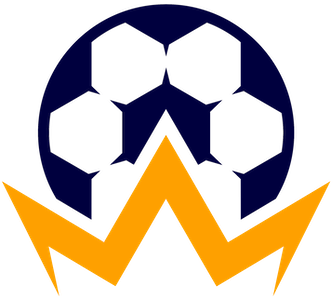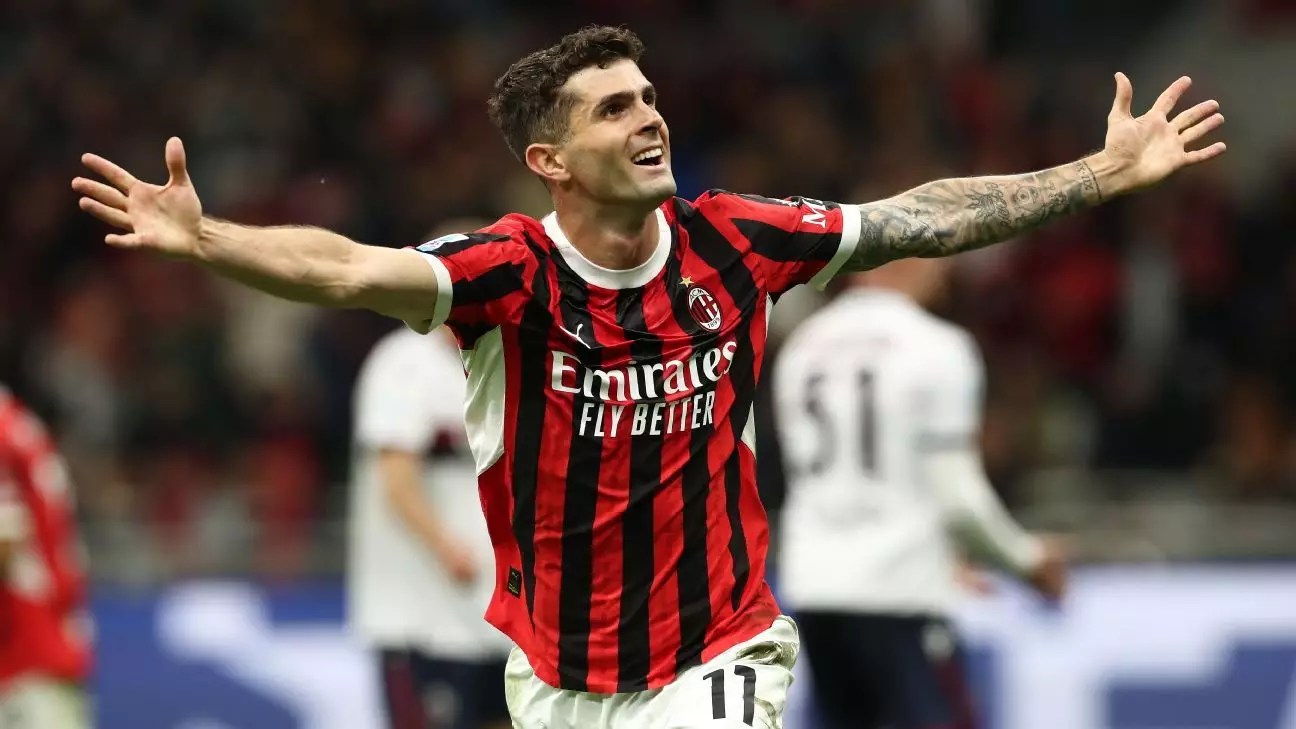In recent months, the Saudi Pro League has escalated its ambitions, boldly staking its claim in the global football transfer market. Al Nassr’s interest in U.S. star Christian Pulisic exemplifies this shift. The Saudi club is actively considering adding the 26-year-old winger from AC Milan and the USMNT, eyeing him as a key piece to bolster their attacking lineup. This approach signifies more than just a financial gamble; it reflects Saudi clubs’ desire to create an elite, competitive environment capable of attracting global talent.
What makes this move particularly compelling is the potential for Pulisic to forge connections with stars like Sadio Mané and Cristiano Ronaldo, forming a formidable attacking trio. The inclusion of veteran defenders like Aymeric Laporte shows a strategic vision—building a squad rich in experience and skill to compete on multiple fronts, especially with the FIFA World Cup on Arab soil next year. This decision underscores a broader trend: the Saudi league is not simply a destination for aging stars but a competitive arena with ambitious plans to reshape global football hierarchies.
The aggressive recruitment strategy signals an understanding that to command attention and elevate their status, these clubs must sign recognizable players who can bring both on-field excellence and international appeal. Such moves challenge the traditional European dominance, forcing clubs across Europe to reconsider how they evaluate and approach talent acquisition. Will the allure of lucrative contracts and a new football paradise sway top-tier players, or will the competitive edge of European leagues remain irresistible? The answer remains uncertain, but the boldness of Saudi pursuits undoubtedly adds a new dimension to transfer strategizing worldwide.
European Giants face crossroads amidst internal and external pressures
Meanwhile, traditional powerhouses such as Liverpool and Bayern Munich are navigating delicate situations with their own stars. Ibrahima Konaté’s decision to turn down Liverpool’s extension offers signals not just personal ambition but a potential shift in club stability and transfer strategy. The 26-year-old centre-back’s ticking contract and interest from Real Madrid highlight a broader issue: European clubs face mounting pressure to retain top talent amidst lucrative foreign offers.
Liverpool’s dilemma exemplifies the tension clubs face—how to balance nurturing young, promising players with the economic temptation of mega-clubs abroad. Konaté’s rejection could presage a more significant exodus of key players, especially if clubs don’t offer competitive contracts aligned with market rates. Real Madrid’s perceived interest adds fuel to this fire, illustrating how European giants are also in a state of flux, constantly scanning the market for defensive reinforcements that can keep their squads competitive amid aging defenders and tactical shifts.
Bayern Munich’s steadfast stance against Stuttgart’s €40 million bid for Nick Woltemade reveals a club determined not to undervalue assets and to avoid hasty sales. Bayern’s approach underscores their longer-term vision, striving to find better value rather than succumbing to short-term financial gains. Similarly, Bayern’s active dialogue regarding players like Luis Díaz and Xavi Simons demonstrates a concerted effort to bolster their squad depth, but also illustrates the challenge of navigating high transfer costs and club priorities. From the players’ perspectives, these maneuvers add layers of complexity, as the lure of playing for European giants remains, even as financial considerations increasingly influence decision-making.
La Liga and Serie A shift focus amid evolving market dynamics
Europa’s traditional powers are not resting on their laurels either. AC Milan’s cautious waiting game on Dusan Vlahovic exemplifies their strategic patience, positioning themselves to exploit market uncertainties. The fact that Vlahovic prefers a free transfer while Juve hunts for a lucrative exit indicates the delicate balancing act at play: clubs need to leverage contractual clauses and market timing to maximize value without losing star players prematurely.
In Italy, Luka Modrić’s imminent move from Real Madrid to AC Milan signals a strategic reinvigoration. Here is a player whose career traversed European titans and left indelible marks—his signing reflects Milan’s ambition to quickly reverse their recent stagnation. It also shows that while young talent is highly coveted, seasoned veterans are still crucial for rebuilding credibility and competitiveness.
Simultaneously, Serie A clubs are showing a willingness to venture beyond their borders, actively exploring talent acquisition from Ligue 1, the Premier League, and the Bundesliga. Bologna’s willingness to lower demands for players like Dan Ndoye exemplifies this pragmatic approach. Moreover, Napoli’s efforts to secure promising forwards like Lorenzo Lucca highlight a tactical emphasis on building a versatile, attack-minded squad capable of challenging domestic and European giants.
Emerging stars and shifting priorities redefine the transfer game
What is evident from these complex negotiations and moves is a shifting paradigm—talent alone no longer guarantees a move, and savvy clubs are prioritizing strategic fit, financial sustainability, and long-term planning. For instance, Arsenal’s interest in Madueke raises questions about their attacking options and broader squad development, hinting that the club is thinking not merely in terms of immediate needs but also future potential.
Furthermore, Barcelona’s focus on Nicolas Jackson from Chelsea and their willingness to pay a hefty €50m reflects their recovery from financial turmoil and readiness to reassert their competitive status. Similarly, Juventus’s pursuits of players like Jadon Sancho and André are testament to their desire to rebuild an ambitious squad capable of challenging at the highest levels.
The global transfer market is now less about individual star signings and more about assembling cohesive units that can adapt to the tactical demands of modern football. Clubs are investing heavily in youth, looking to outbid competitors for promising talents like Johan Bakayoko and Archie Brown, signaling that strategic player acquisition has become more nuanced and competitive than ever.
Ironically, amidst these high-profile moves, smaller clubs are also turning the tide—signing and developing players that can be flipped or nurtured into stars. This shift underscores an evolving landscape where adaptability, strategic foresight, and a willingness to embrace risk are more valuable than ever in shaping football’s future.


Leave a Reply